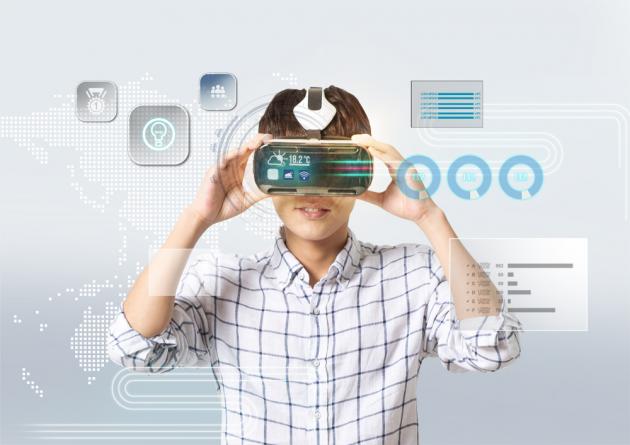
The Ministry of Food and Drug Safety (MFDS) published a guideline Monday, which includes the definition and classification standards for approving products that apply virtual reality (VR) or augmented reality (AR) technologies.
Ministry officials said they expect the guideline will clarify the classification criteria applicable for VR or AR medical devices, which in turn will help researchers, developers and medical device companies develop related products quickly and support related industry’s development.
“Whether a device or software with virtual or augmented reality technology applies to a medical device is classified according to the purpose of its use,” they said.
Such medical devices include equipment used for surgery by inputting images taken by CT or MRI, such as tumor location or size, into a PC capable of augmented reality technology, devices that help in a patient’s rehabilitation therapy by using bio-signals such as brain waves, EMG, and head-mounted displays (HMDs), and products that establish treatment methods or simulate surgery using image information of patients.
Devices and software not included in the VR and AR medical device criteria include machinery medical workers use for intravenous injection education or training, and products used for daily life such as memory training.
There are currently no VR or AR medical devices licensed in Korea. In the U.S., however, some VR and AR devices that help the rehabilitation of patients with diseases such as paralysis have received approvals.
“We will implement customized regulations that reflect the characteristics of medical devices so that medical devices with advanced technology can get approvals quickly,” a ministry official said.

